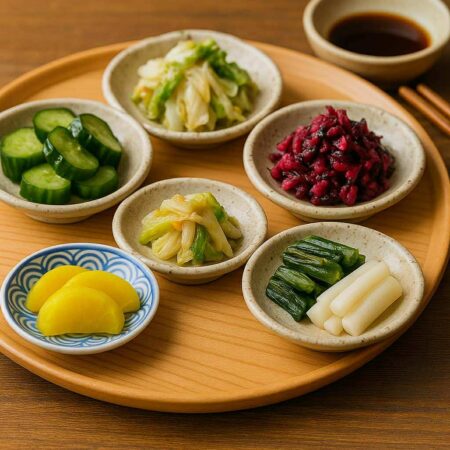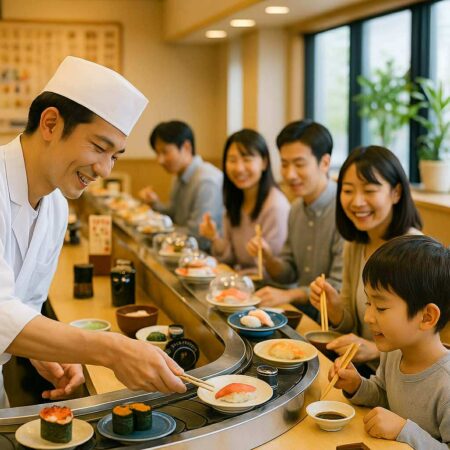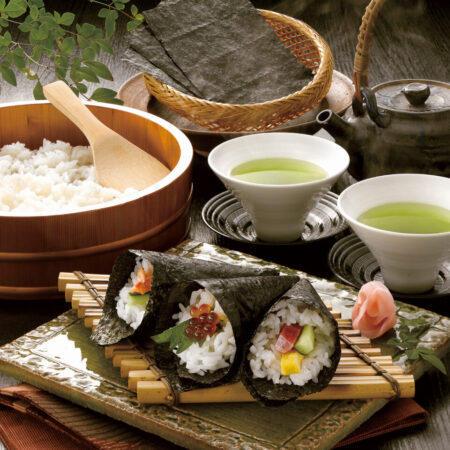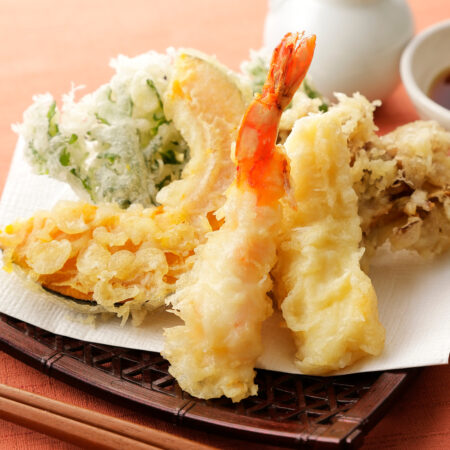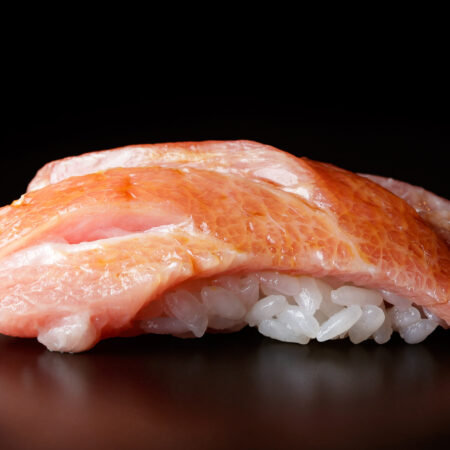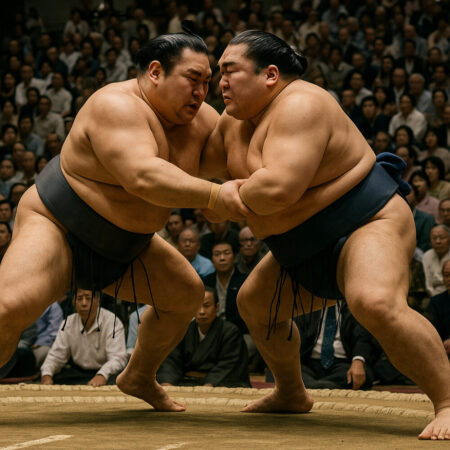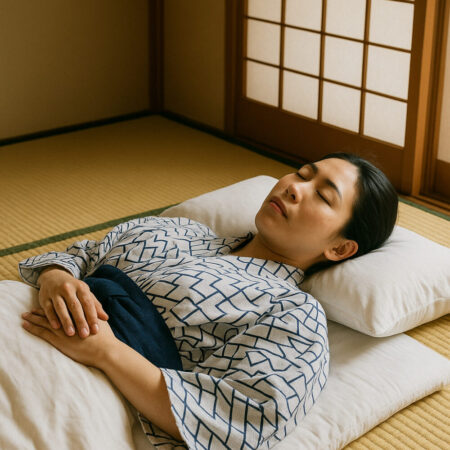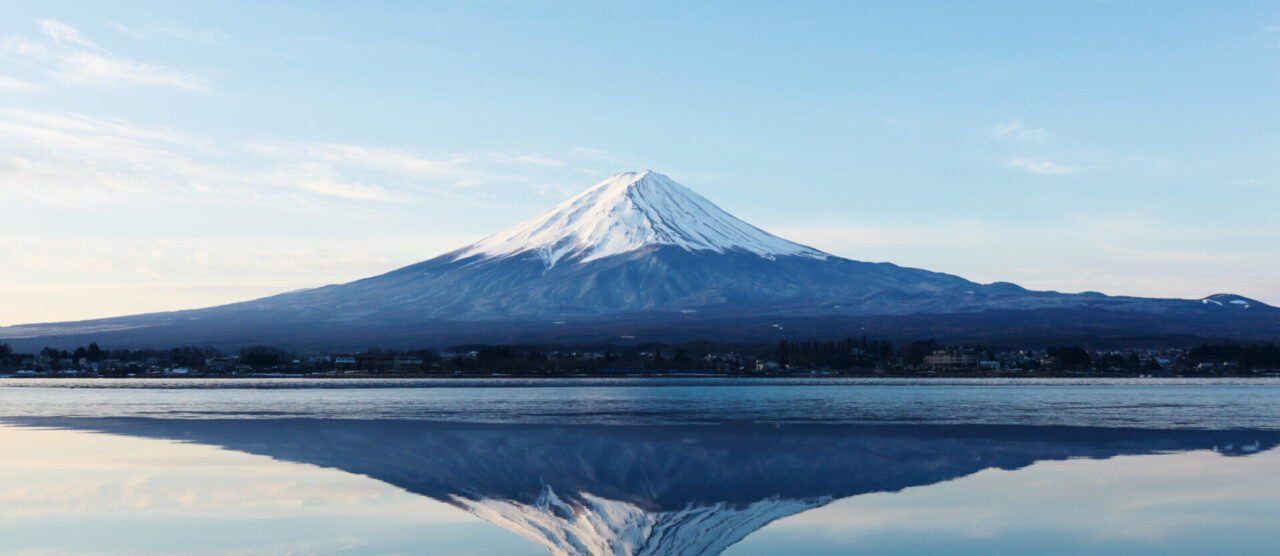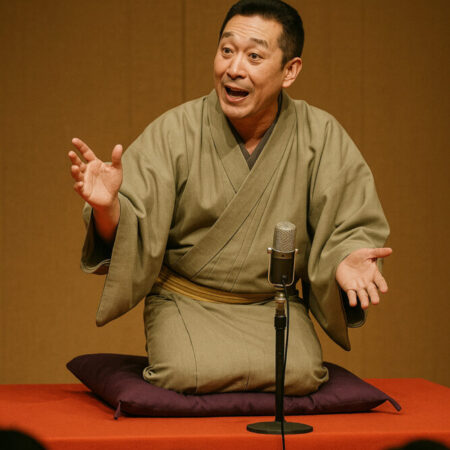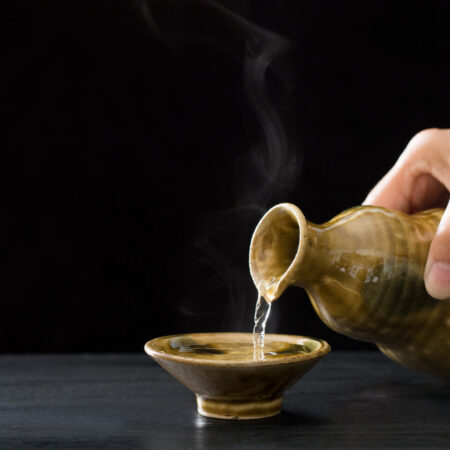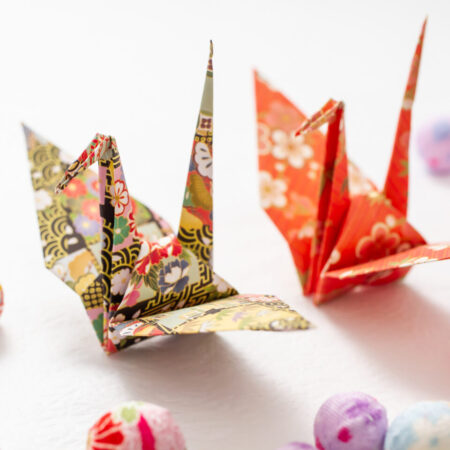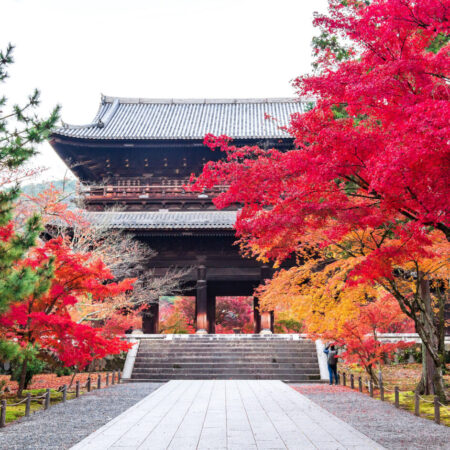The Day of the Ox during the Summer Doyo
The Japanese summer is characterized by hot days, and among these, the intensely warm days emphasize the importance of nourishing meals to maintain energy. This brings us to the ‘Day of the Ox during the Summer Doyo’. While each of the four seasons—spring, summer, autumn, winter—has its own Doyo period, the summer’s Day of the Ox falls roughly 20 days after the summer solstice. On this day, many Japanese indulge in eel. This tradition reflects the deep ties between Japanese culinary culture and the changing seasons.
The custom of eating eel on this day dates back to the Edo period. This time of year is the most intense in terms of heat, making it easier for one to feel energy-deprived. Eels are highly nutritious and are believed to warm the body, making them the perfect food for this period. Moreover, eel dishes are loved both in and outside Japan. By eating eel on this day, one can experience Japan’s traditions and culinary culture.
Nutritional Value of Eel
Eels are packed with proteins, vitamins A, B1, B2, D, E, calcium, and iron. Especially notable is its vitamin A content, which is among the highest compared to other foods. Vitamin A plays a key role in maintaining mucous membranes in the nose, throat, and digestive organs, and it also boosts immunity. This makes eel a recommended food for warding off viruses and preventing colds.
History and Background of Eel
Eel bones have been discovered in the remains from the Jomon period, indicating that our relationship with eels dates far back in history. However, it wasn’t until the Edo period that eel became a popular ingredient in cooking. While grilled eel (kabayaki) is now a staple, before its emergence, eels were simply chopped and skewered, seasoned only with salt. The delicious perception we have of eel today wasn’t as prevalent back then. Eel’s popularity surged during the Edo period when soy sauce became widespread and ‘kabayaki’ sauce—a blend of soy sauce, mirin, sake, and sugar—was established. This paved the way for the standardization of dishes like kabayaki and unaju.
Types of Eel Dishes
With the spread of soy sauce during the Edo period, eel cuisine expanded rapidly. Here are some of the dishes:
▪️Unaju Unaju consists of grilled eel, flavored with a sweet and spicy sauce, layered over rice. The combination of the sauce’s flavor with the scent of grilled eel complements rice perfectly. A regional variation from Nagoya, ‘Hitsumabushi’, allows diners to divide the eel into three portions and enjoy it in three distinct ways (as is, flaked with chopsticks, and with added broth).
▪️Unadon Unadon is simply grilled eel placed over a bowl of rice. Unlike unaju, it’s not layered but directly placed, allowing the sauce to seep into the rice, offering a unified taste.
▪️Seiro-mushi This dish involves rice coated in sauce, topped with grilled eel and shredded egg, then steamed. It’s a specialty dish known in Yanagawa, Fukuoka.
▪️Eel Sashimi Raw eel can be enjoyed as sashimi. Thinly sliced, its inherent sweetness and texture stand out. Some specialized restaurants and regions offer this.
▪️Shirayaki Eel Shirayaki is eel grilled without any sauce, allowing one to savor its natural taste.
▪️Kimojiru This is a soup using eel innards (“kimo” meaning liver). Though named ‘liver’, it includes the stomach, intestines, and kidneys. It’s often served alongside unaju.
Relish the Profound Culinary Culture of Japan!
With its rich history and flavor, eel enjoys popularity both within and outside of Japan. The flavor, nutritional benefits, and various ways of enjoying eel showcase its broad appeal. Eel is a symbol of Japanese taste, tradition, and the customs of its people. Immerse yourself in Japanese culinary culture and customs through eel and fully savor its allure!




